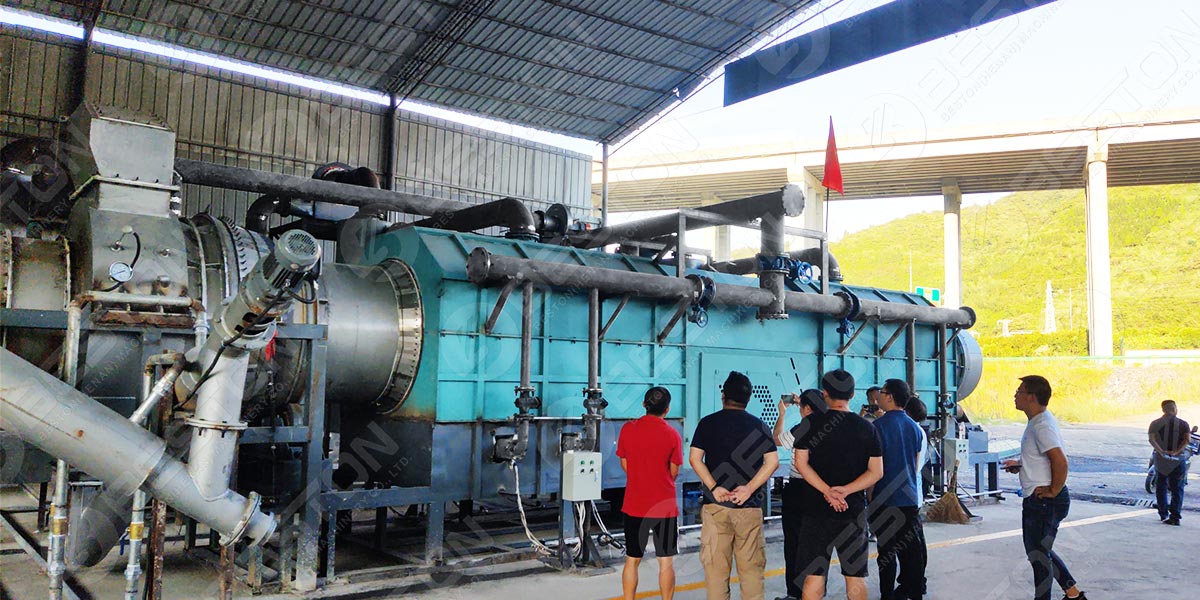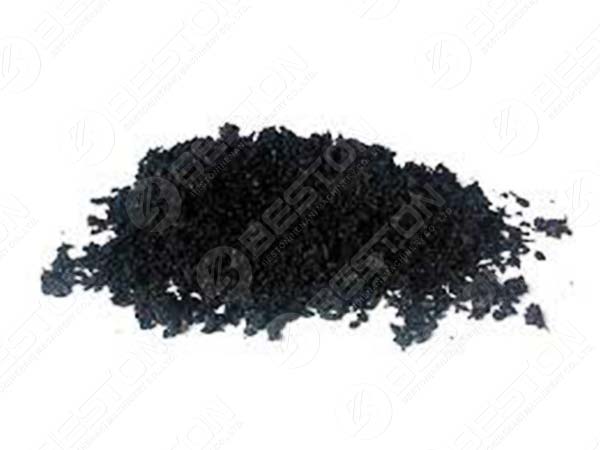Pyrolysis is the thermal decomposition of organic material at high temperatures in the absence of oxygen. This process converts biomass into three products: bio-oil, bio-charcoal and syngas. Pyrolysis plants use heat to break down biomass into these products. There are three main types of pyrolysis plants: fast pyrolysis, slow pyrolysis and intermediate pyrolysis. Fast pyrolysis produces the most oil, while intermediate pyrolysis produces the most charcoal. Slow pyrolysis is the most common type of biomass pyrolysis plant.

What Are the Parts of a Biomass Pyrolysis Plant?
There are three main parts to a biomass pyrolysis plant: the reactor, the condenser, and the gasifier. The reactor is where the biomass is heated to high temperatures in the absence of oxygen. This breaks down the biomass into its three component parts: bio-oil, bio-charcoal, and syngas. The condenser is used to cool the gases produced by the reactor so that they can be safely stored or used. The gasifier is used to create a fuel gas from the syngas produced by the reactor. This fuel gas can be used to power generators or other charcoal making machine.
What Are the Products of Biomass Pyrolysis?
The three products of biomass pyrolysis are: bio-oil, bio-charcoal, and syngas. In case you’re wondering about the applications of these byproducts, bio-oil can be used as a fuel or a chemical feedstock, while bio-charcoal can be used as a soil amendment or a water purification agent. As for syngas, it can be used to power generators, making it a renewable source of energy.
What Is The Difference Between Fast, Slow, And Intermediate Pyrolysis?
The main difference between fast, slow, and intermediate pyrolysis is the rate at which the biomass is broken down into its component parts. Fast pyrolysis breaks down the biomass very quickly, resulting in a greater yield of bio-oil. Slow pyrolysis, on the other hand, breaks down the biomass more slowly, resulting in a greater yield of bio-charcoal. Intermediate pyrolysis falls somewhere in between these two extremes. As a result, it produces a balance of bio-oil and bio-charcoal. See the sawdust charcoal making machine here.

Features To Look For in a Biomass Pyrolysis Plant
When looking for a biomass pyrolysis plant, there are several features you should look for:
-The ability to handle different types of biomass.
-The ability to operate at different temperatures.
-The ability to produce a high yield of bio-oil, bio-charcoal, or syngas.
-The ability to safely store or use the gases produced by the reactor.
-The ability to create a fuel gas from the syngas produced by the reactor.
-The ability to power generators or other equipment with the fuel gas.
Why It’s Worth Investing In a Biomass Pyrolysis Plant
There are several reasons why it’s worth investing in a biomass pyrolysis plant. The most important reason is that it’s a renewable source of energy. Unlike fossil fuels, biomass is a renewable resource that can be replenished over time. Additionally, rice husk charcoal making machine can help to reduce greenhouse gas emissions. By using biomass instead of fossil fuels, we can reduce our reliance on non-renewable resources and help to protect the environment.